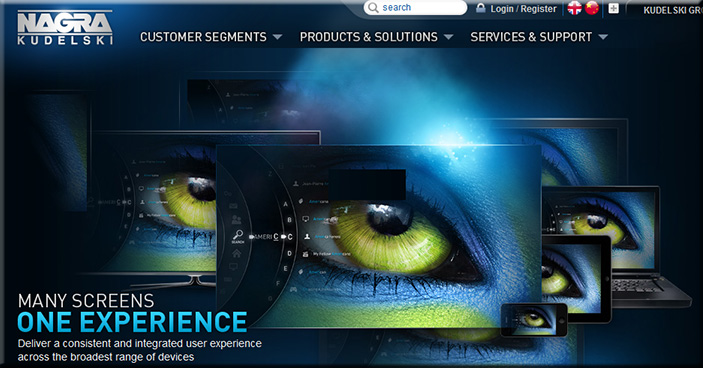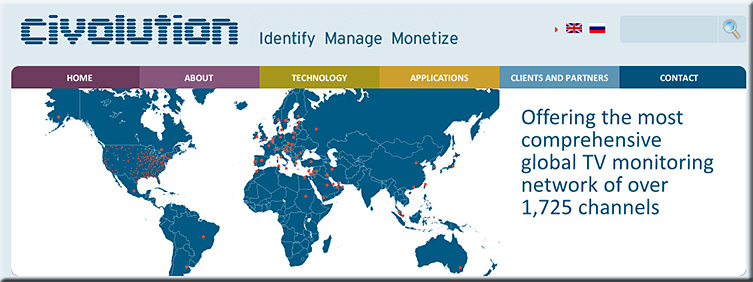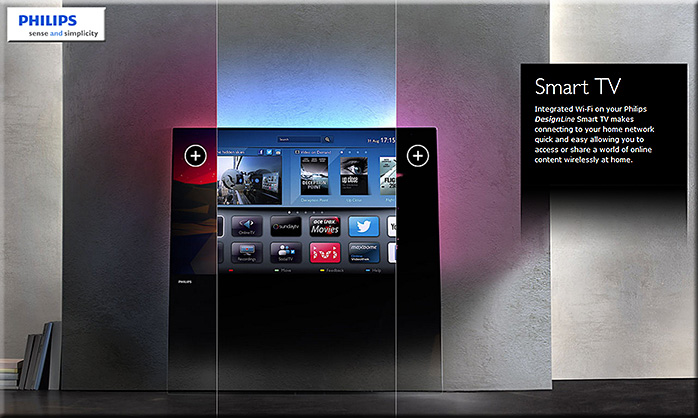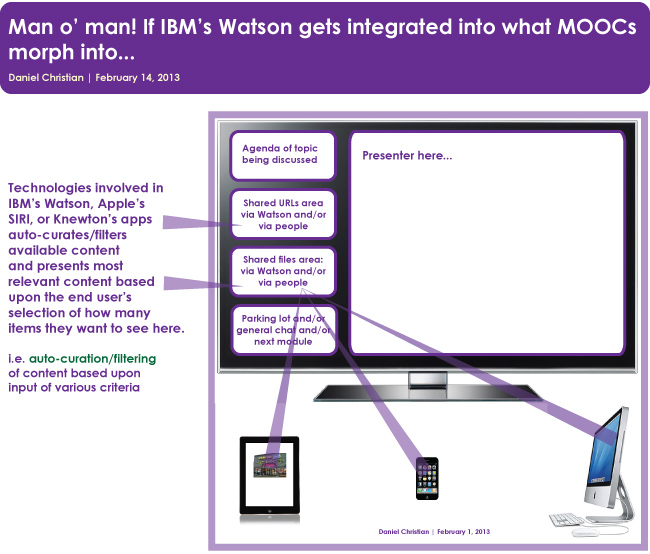Apple: It’s all about the ecosystem, Raymond James tells CNBC — from barrons.com by Tiernan Ray
Excerpt:
But mostly he was pushing the notion that “phase 2” is emerging for the company in mobile computing. Phase 1, consisting of smartphones and tablets, is maturing, and phase 2 “is the expansion of smartphone chipsets/OS/ecosystems into autos, TVs, appliances and probably uses not currently thought of for computing devices,” he wrote.
“Apple’s dominance of high income consumers and the vertically integrated model positions it well to capture the largest share of profits as mobile computing moves beyond smartphones and tablets.”
From DSC:
As you can tell from the title of my blog, I’m big on ecosystems. In the IT world these days, it’s not about just one particular tool; but rather how a set of tools and functionalities fit together. What types of synergies are possible? What leverage can you get by building up one ecosystem vs. diluting ecosystems?
With the advent of the Internet of Things and with iOS/Android/other-based devices making their way into more of our cars/homes/appliances, mobile learning takes on an expanded meaning/scope! (If I had the time to find the right graphic for a sign, it might say, “Some serious ubiquitous learning ahead.”)











![The Living [Class] Room -- by Daniel Christian -- July 2012 -- a second device used in conjunction with a Smart/Connected TV](http://danielschristian.com/learning-ecosystems/wp-content/uploads/2012/07/The-Living-Class-Room-Daniel-S-Christian-July-2012.jpg)
























